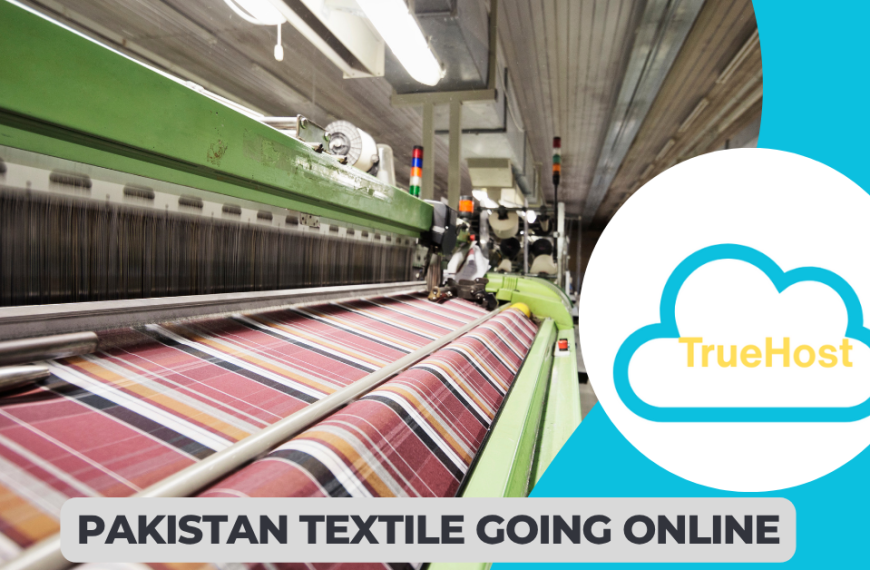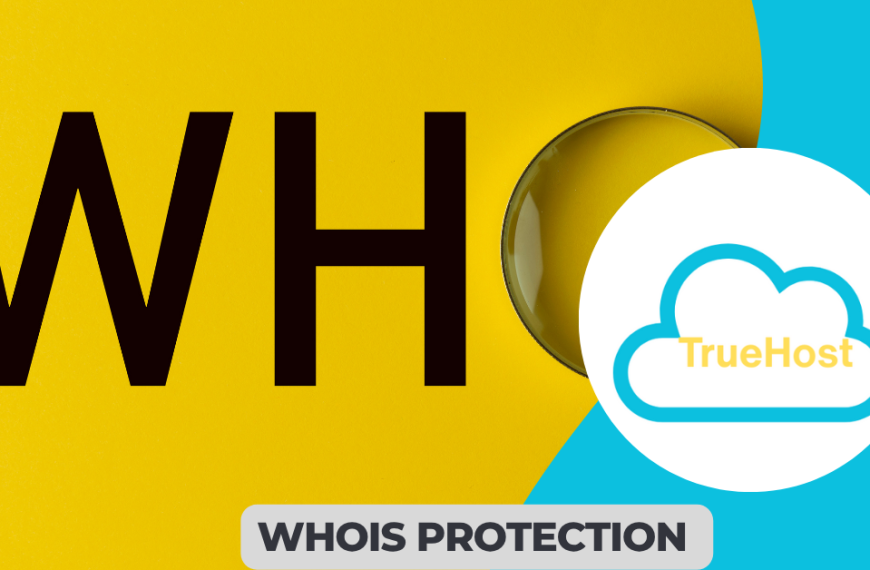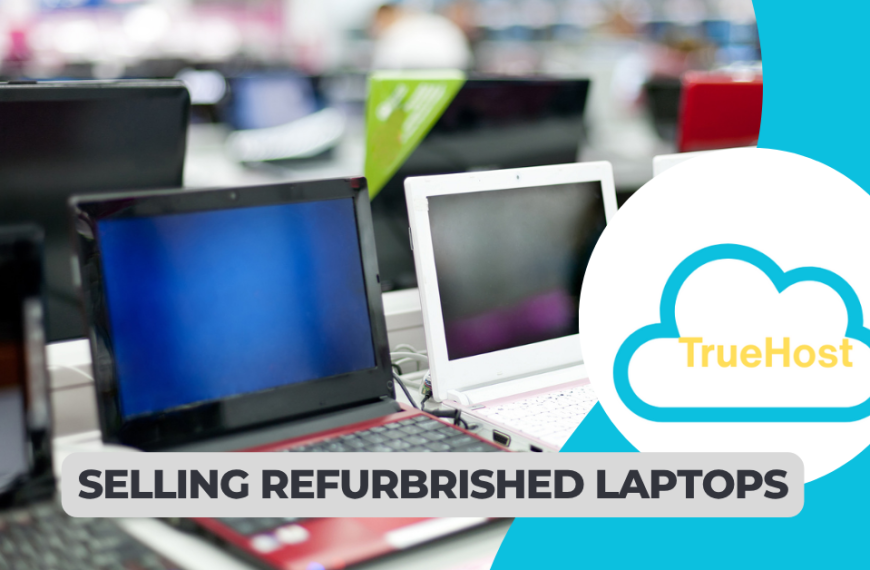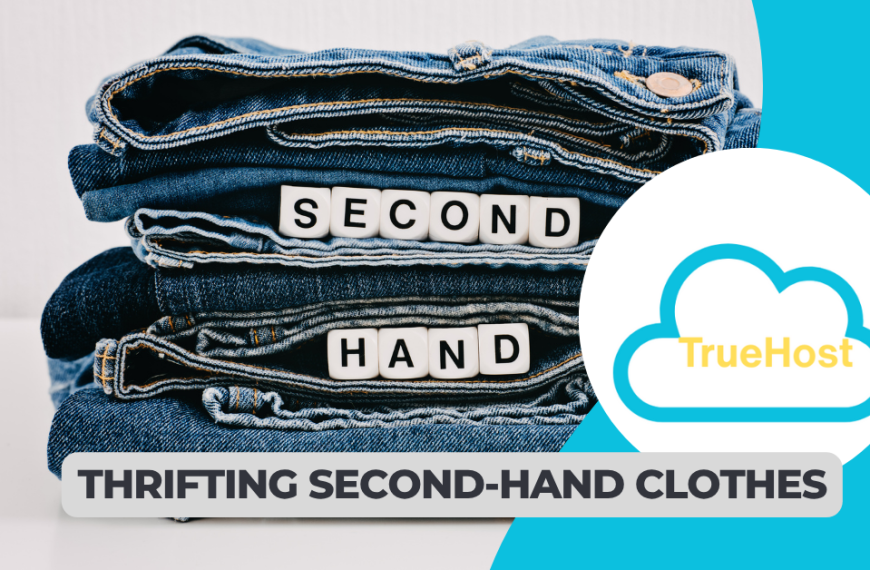Web design trends are reshaping how Pakistani businesses connect with customers online. Right now, your website either makes people want to stick around, or it sends them running to your competitor.
Here’s something interesting: Pakistan’s internet users crossed 111 million in 2024. That’s a massive audience waiting to discover your business. But here’s the catch, they’re judging your entire brand based on those first three seconds on your site.
Think about the last website that made you leave immediately. Slow loading? Confusing navigation? Looked like it was built in 2010? Yeah, we’ve all been there.
This article walks you through the web design trends dominating Pakistan in 2025. You’ll discover what’s working, what’s dying, and how to make your website stand out without breaking the bank. More importantly, you’ll learn which trends actually matter for Pakistani audiences.
Pakistan’s Digital Boom
Something’s happening across Pakistan’s cities and towns. Businesses are waking up to a simple truth, your online presence isn’t optional anymore.
E-Commerce Is Exploding
Pakistan’s e-commerce market hit $7.7 billion in 2024. By 2025, it’s expected to grow another 20%.
Small businesses in Lahore, Karachi, and even smaller cities like Faisalabad are selling online. Your neighborhood competitor might already be ahead. The question isn’t whether you need a website, it’s whether yours can compete.
Mobile Users Run This Show
Here’s a number that’ll wake you up: 75.2% of Pakistani internet users access the web through their phones. Not laptops. Not desktops. Phones.
Your fancy desktop design means nothing if it breaks on a Samsung Galaxy A14. And guess what? That’s Pakistan’s most popular smartphone right now.
The Cost of Looking Outdated
An old-school website doesn’t just look bad. It actively loses you money.
Google penalizes slow sites. Customers bounce within seconds. Your credibility tanks. You know that feeling when you visit a site and immediately think “this business probably isn’t legitimate”? That’s what outdated design does to your brand.
15 Web Design Trends
Let’s get into what’s working right now. Not in Silicon Valley—right here in Pakistan.
1) AI Website Builders

Remember when you needed a ₨50,000 budget and a developer cousin to build a website? Those days are gone.
AI-powered builders are generating professional sites in minutes. You answer a few questions, and the AI creates layouts, suggests content, and even optimizes images.
For Pakistani small businesses, this is huge. A restaurant in Gulberg can have a stunning site live before lunch service. A boutique in Saddar can launch an online store over the weekend.
The cost? Often under ₨2,000 monthly. Compare that to traditional development.
Olitt AI Website Builder uses AI to build custom websites tailored for Pakistani businesses. You get professional results without the technical headaches.
2) Mobile-First Design

If your site isn’t built for mobile first, you’re essentially telling 78% of Pakistani users to shop elsewhere.
Web design trends in 2025 put mobile at the center. Everything, gets designed for phones first, then adapted for bigger screens.
Progressive Web Apps (PWAs) are gaining traction fast. They work like apps but live in browsers. No app store downloads needed. They load fast even on 3G connections (still common in many Pakistani areas). They work offline after the first visit.
Think about your thumb reaching across your phone screen. That’s called thumb-zone optimization. Important buttons should be easy to tap with one hand. Navigation should be simple. Forms should be short.
3) Minimalist Designs With Maximum Impact
Walk through any upscale mall in Islamabad or Karachi. Notice how modern stores use space? Minimalist displays. Clean lines. No clutter.
That’s exactly where web design trends are heading. White space isn’t wasted space, it’s breathing room for your content.
Bold typography is having a moment. Large, readable fonts that work in both English and Urdu. Noori Nastaliq for Urdu text is seeing a revival in modern web design. Paired with clean sans-serifs for English, it creates stunning bilingual sites.
Here’s the thing about minimalism: it’s not just pretty. Clean sites load faster. Users find what they need quicker. Your hosting costs drop because there’s less to serve.
Pakistani brands like Khaadi and Sapphire already nailed this. Their websites feel spacious, premium, and fast.
4) Dark Mode for Battery and Eye Comfort

Your eyes get tired staring at bright screens all day. Dark mode helps.
But there’s more to it. In Pakistan, where mobile battery life matters (power outages are still a thing), dark mode saves significant battery on OLED screens. That’s most modern phones.
Users appreciate having the choice. System-based theme switching, where your site automatically matches the user’s phone settings, shows you care about user experience.
Implementing dark mode means thinking through your color palette carefully. Not everything looks good inverted. Your logo might need a version for each theme.
5) Micro-Animations
Remember those websites with stars following your cursor and sparkles everywhere? Yeah, we’re not doing that.
Modern web design trends favor micro-animations. Subtle. Purposeful. Pleasant.
A button that slightly lifts when you hover over it. A menu that smoothly slides in. Loading animations that entertain without frustrating. These tiny details make sites feel polished and responsive.
Here’s the balance: animations should enhance, not distract. They shouldn’t slow your site down. On Pakistani internet connections, every kilobyte matters.
6) Voice Search Optimization for Urdu and English

“OK Google, mujhe Lahore mein best web designer chahiye.”
Voice search in Urdu is growing faster than most people realize. People speak their searches differently than they type them. They use natural language. Full questions. Local dialects.
Your content needs to answer these conversational queries. Schema markup helps search engines understand your content better. It’s like giving Google a cheat sheet about your business.
Bilingual optimization matters. Don’t just translate but localize. Someone in Peshawar might phrase questions differently than someone in Karachi.
7) Asymmetric Layouts

Traditional websites follow rigid grids. Everything lines up perfectly. It’s safe. It’s also boring.
Asymmetric layouts are shaking things up. Elements positioned unexpectedly. Overlapping sections. Broken grid patterns that still maintain balance.
This trend works especially well for creative businesses, designers, photographers, fashion brands. It makes your site memorable. Just don’t sacrifice usability for aesthetics.
The key is controlled chaos. Asymmetry that looks intentional, not accidental.
8) 3D Elements and Immersive Graphics
Flat design dominated for years. Now we’re seeing depth return, but smarter this way.
3D product visualizations let customers examine items from every angle. Useful for e-commerce. A furniture store can show how a sofa looks from all sides. A jewelry business can display intricate details.
Immersive hero sections with subtle 3D effects create immediate visual interest. Think layered elements that move at different speeds as you scroll (parallax effect).
The challenge? File sizes. 3D graphics can be heavy. Optimize aggressively for Pakistani internet speeds.
9) Chatbots and AI Customer Service

Your customers have questions at 2 AM. Who’s answering them?
AI chatbots handle common queries instantly. They’re getting smarter and more natural. They can speak Urdu and English. They learn from conversations.
For Pakistani businesses, this is a game-changer. You can provide 24/7 support without hiring night-shift staff. Chatbots qualify leads while you sleep. They book appointments. They answer FAQs.
The human touch still matters for complex issues. But chatbots handle the routine stuff beautifully.
10) Personalized User Experiences
Two people visit your site. They should see slightly different experiences based on their behavior and preferences.
Personalization means showing Karachi visitors different content than Lahore visitors. Returning customers see their purchase history. Product recommendations based on browsing behavior.
This isn’t creepy, it’s helpful. It’s Netflix suggesting shows you’ll actually like. It’s Amazon remembering your size.
Modern website builders make basic personalization accessible. You don’t need a massive tech team anymore.
11) Sustainable Web Design
Here’s something most people don’t think about: websites have carbon footprints. Servers use energy. Data transmission uses energy.
Sustainable web design trends focus on efficiency. Smaller images. Cleaner code. Fewer unnecessary features. Green hosting providers using renewable energy.
For Pakistani businesses, this aligns with cost savings. Efficient sites are cheaper to host and faster to load. It’s good for the planet and your budget.
12) Bold, Experimental Typography
Typography isn’t just about readability anymore, it’s a design element in itself.
Oversized headlines that command attention. Mixed fonts that somehow work together. Animated text that moves or morphs. Variable fonts that adjust weight and style fluidly.
Pakistani designers are getting creative with Urdu calligraphy styles. Modern interpretations of traditional scripts. Fusion typography mixing Eastern and Western aesthetics.
Just remember: experimental is great, but people still need to read your content easily.
13) Brutalist Design Making a Statement
Brutalism in web design is raw, unpolished, and deliberately unconventional. Think early internet aesthetics with modern technical capabilities.
Unstyled HTML elements. Harsh contrasts. Asymmetry. Intentionally “ugly” design that’s actually quite striking.
This trend isn’t for everyone. Corporate law firms probably shouldn’t go brutalist. But creative agencies, tech startups, and alternative brands can pull it off.
It’s about standing out in a sea of polished sameness. Taking risks. Making people feel something.
14) Advanced Scroll Effects and Parallax
Scrolling isn’t passive anymore. Modern sites turn scrolling into an interactive experience.
Elements fade in as you scroll down. Images zoom or shift. Text reveals letter by letter. Sections slide in from different directions.
Parallax effects create depth by moving background and foreground at different speeds. Done well, it’s mesmerizing. Done badly, it’s nauseating.
Pakistani brands are using scroll-triggered animations to tell brand stories. Product journeys that unfold as you explore the page.
15) Integrated Video Content Everywhere
Video isn’t just for YouTube anymore. It’s woven throughout modern websites.
Background videos replacing static hero images. Product demos playing automatically (muted, obviously—nobody likes surprise sound). Customer testimonial videos. Behind-the-scenes content.
Video increases engagement dramatically. People stay longer. They understand products better. They connect with brands more deeply.
The challenge for Pakistani businesses? Bandwidth and production costs. Solution: keep videos short, compress aggressively, and use local hosting. Even smartphone-shot videos work if they’re authentic.
Olitt helps integrate video content seamlessly, with AI tools that optimize video files for fast loading on Pakistani internet connections while maintaining quality.
Must-Have Features for Pakistani Websites in 2025
Trends are great, but some features aren’t optional anymore. They’re expected.
I) Speed That Works on Pakistani Internet
Your site needs to load fast on JazzCash’s 3G connection and PTCL’s fiber. That’s the range you’re designing for.
Image optimization is non-negotiable. Use WebP format. Compress everything. A 5MB hero image might look stunning on your laptop, but it’s killing your mobile users’ data plans.
Lazy loading means images only load as users scroll to them. Saves bandwidth. Improves initial load time. Most modern builders include this automatically.
Content Delivery Networks (CDNs) cache your site on servers worldwide. When someone in Quetta visits your site, they’re not pulling data from a server in America. They’re getting it from somewhere close.
Core Web Vitals—Google’s speed metrics—directly impact your search rankings. LCP (Largest Contentful Paint) should be under 2.5 seconds. FID (First Input Delay) under 100 milliseconds. CLS (Cumulative Layout Shift) under 0.1.
II) Payment Options That Pakistanis Actually Use
SSL certificates aren’t optional. That little padlock in the browser? It tells customers their payment info is safe.
But here’s what really matters: local payment options. JazzCash and Easypaisa aren’t just popular—they’re how most Pakistanis pay online. Bank transfers through 1LINK. COD (Cash on Delivery) still dominates outside major cities.
International gateways like Stripe and PayPal matter if you’re targeting overseas Pakistanis or exports. But for local sales? Local payment methods win every time.
Trust badges work. Display your security certificates. Show customer reviews. If you’re registered with SECP, mention it. Pakistanis are cautious online shoppers (for good reason). Prove you’re legitimate.
III) Social Media Integration That Actually Converts
Pakistanis spend an average of 3.5 hours daily on social media. That’s where your customers are hanging out.
Your website should connect seamlessly with Facebook, Instagram, and especially WhatsApp. WhatsApp Business integration is gold. One-click buttons to start conversations. Instant customer service. Product inquiries without form fills.
Social proof matters huge in Pakistani culture. Display Instagram feeds showing real customers using your products. Facebook reviews directly on your site. Testimonials with photos and names (with permission, obviously).
Make content shareable. When someone finds something useful, they should be able to WhatsApp it to their friends instantly. That’s free marketing. Social login options (sign in with Facebook/Google) reduce friction. Nobody wants to create another account with another password to forget.
Your Website Is Your Digital Storefront
Pakistan’s online marketplace is exploding. Every month that passes with an outdated—or nonexistent—website is money left on the table.
The web design trends we’ve covered aren’t about following fashion. They’re about meeting your customers where they are: on mobile devices, expecting fast loading, wanting easy payment options, and judging your credibility instantly.
AI website builders democratized web design. You don’t need technical skills or huge budgets anymore. You need clarity about your business and willingness to learn as you go.
The digital transformation isn’t coming to Pakistan—it’s already here. Your competitors are already online. Your customers are already searching. The question isn’t whether to build a modern website.
It’s when you’ll start.
Ready to Transform Your Online Presence?
Stop letting an outdated website hold your business back. Modern web design trends are more accessible than ever for Pakistani entrepreneurs and businesses.
Olitt AI Website Builder offers AI-powered website building that understands Pakistani market needs. Get a professional site built in minutes, optimized for mobile, integrated with local payment methods, and designed to convert visitors into customers. The platform handles the technical complexities while you focus on running your business.
Your customers are searching right now. Make sure they find a website that makes them want to stay.
The Google Search Central Blog provides additional insights on making your site search-friendly and competitive in Pakistan’s growing digital marketplace.
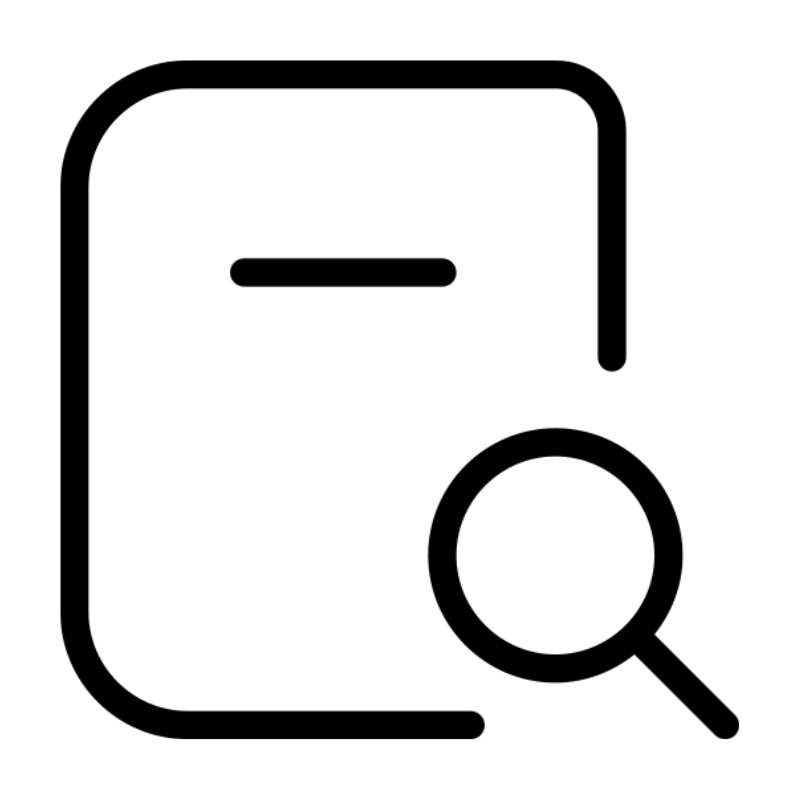 Domain SearchInstantly check and register your perfect .pk or international domain
Domain SearchInstantly check and register your perfect .pk or international domain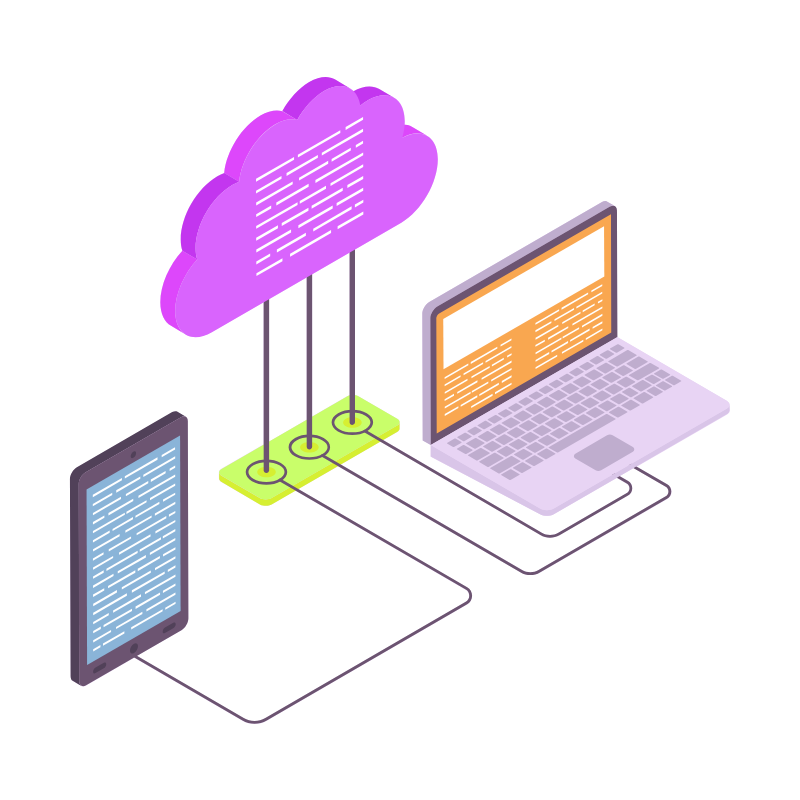 Web HostingGet a .pk domain for as low as PKR 467
Web HostingGet a .pk domain for as low as PKR 467 cPanel HostingUser-friendly hosting powered by cPanel
cPanel HostingUser-friendly hosting powered by cPanel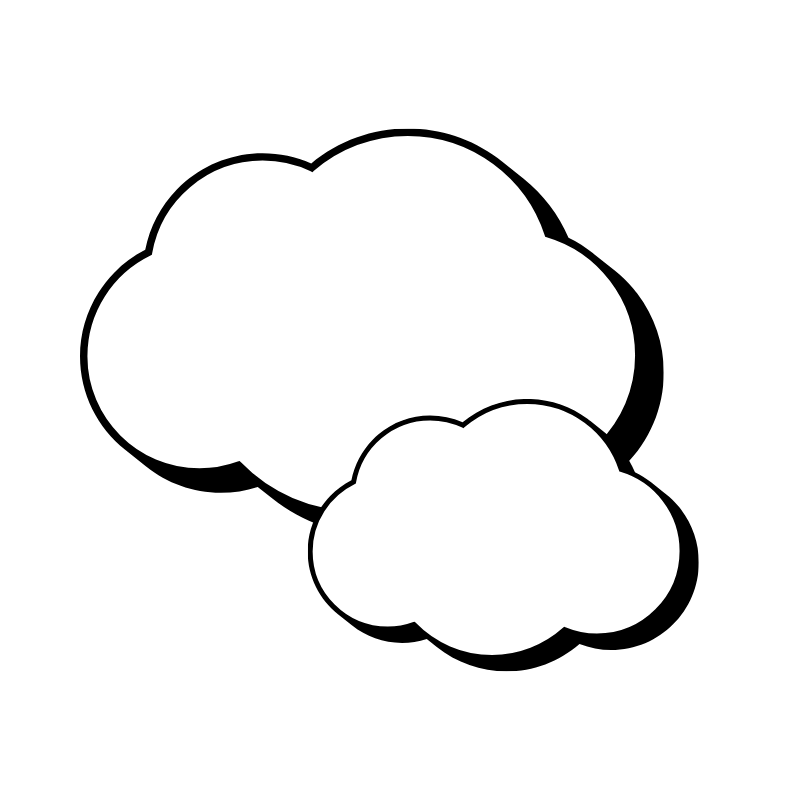 Reseller HostingLaunch your own hosting business with minimal technical requirements
Reseller HostingLaunch your own hosting business with minimal technical requirements Windows HostingOptimized for Windows-based applications and websites
Windows HostingOptimized for Windows-based applications and websites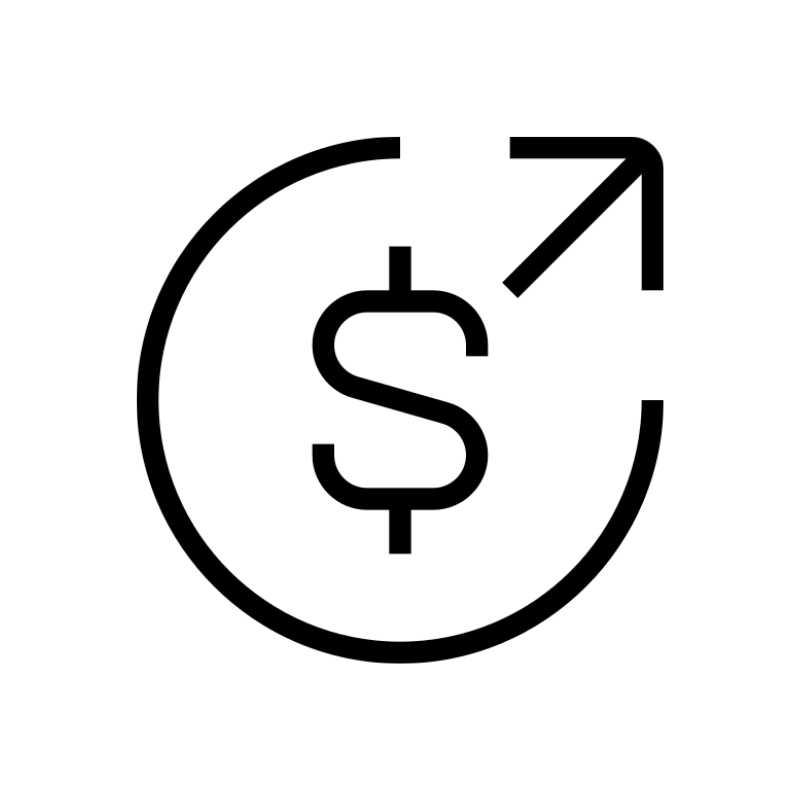 Affiliate ProgramEarn referral commissions by promoting our services
Affiliate ProgramEarn referral commissions by promoting our services Domain TransferMigrate your existing domain seamlessly with zero downtime.
Domain TransferMigrate your existing domain seamlessly with zero downtime.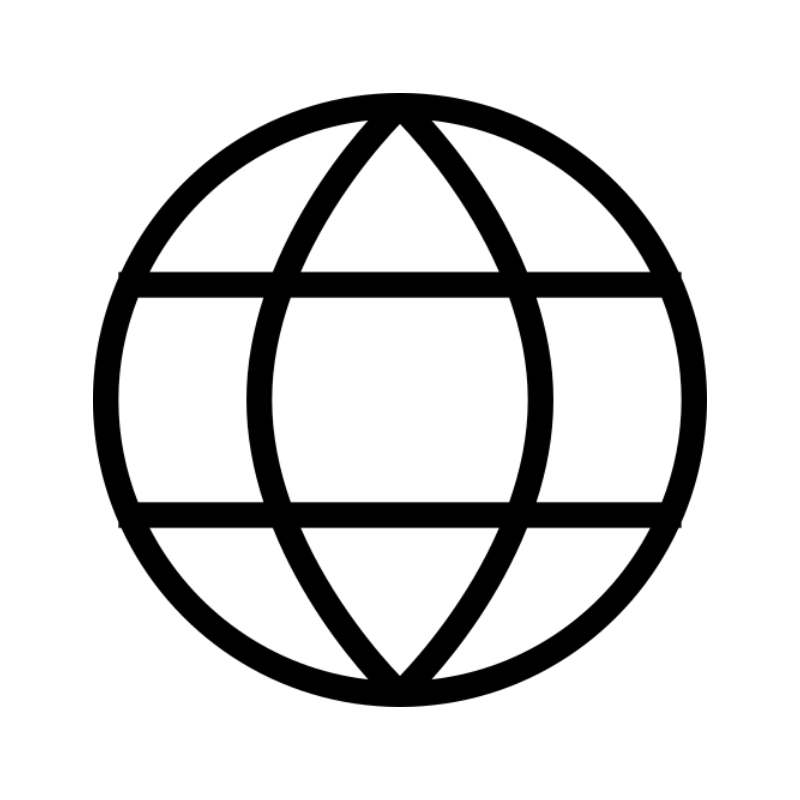 All DomainsAccess 324+ top-level domains (TLDs) worldwide from a single platform
All DomainsAccess 324+ top-level domains (TLDs) worldwide from a single platform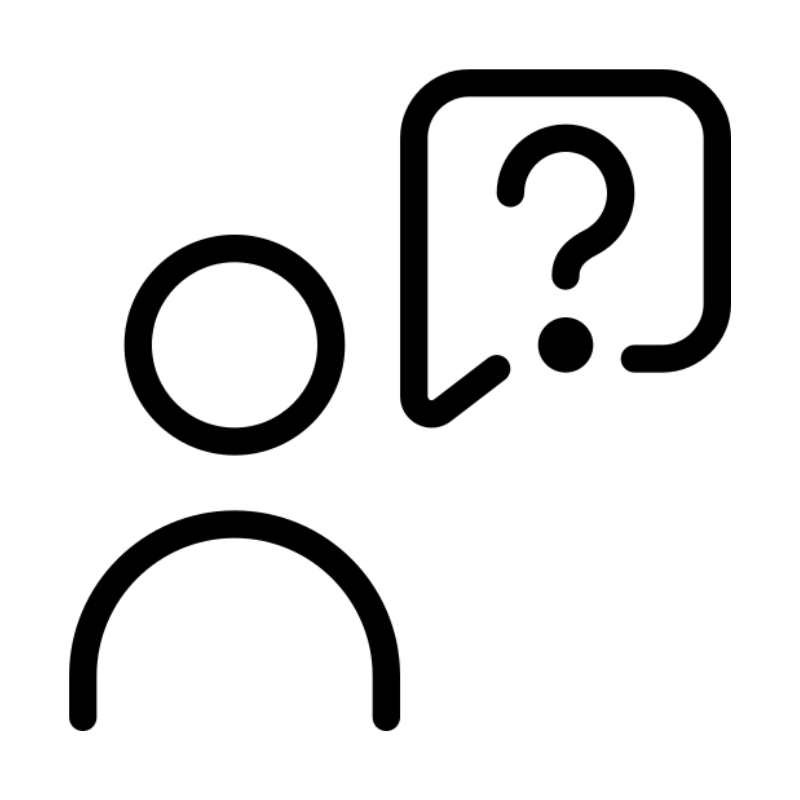 Whois LookupIdentify the owner of any domain using our whois and rdap lookup tool
Whois LookupIdentify the owner of any domain using our whois and rdap lookup tool Managed VPS Hosting
Managed VPS Hosting SSL CertificatesEncrypt data, build trust, and boost SEO.
SSL CertificatesEncrypt data, build trust, and boost SEO.

